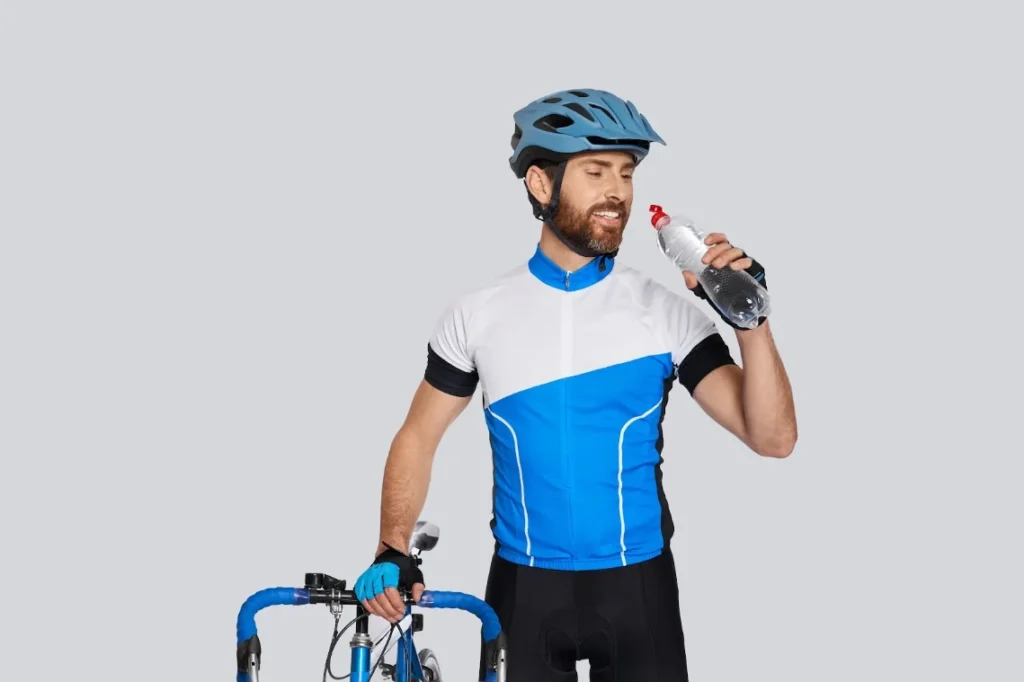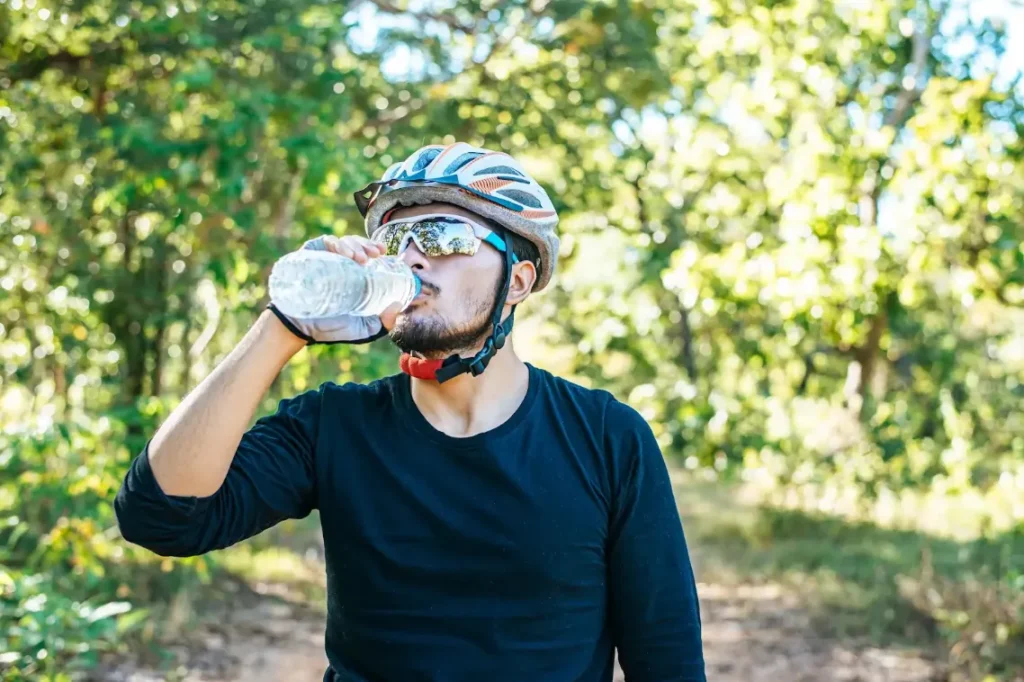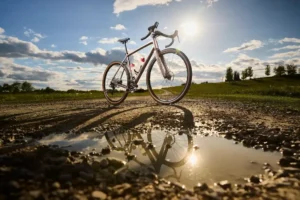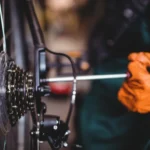You’ve probably heard it before your bike needs maintenance, but you need fuel. And it’s true. Whether you’re heading out for a quick loop around the neighborhood or grinding through a long, hilly endurance ride, what you eat and drink can make or break your day in the saddle.
The reality is, riding hungry or dehydrated doesn’t just feel miserable; it hurts your performance, slows your recovery, and turns what should be a great ride into a struggle. The good news? You don’t need to be a sports nutritionist to get it right. You just need to understand a few basics and apply them consistently.
The cycling nutrition guide breaks down exactly how to fuel before, during, and after your ride: real food, real tips, no fluff.
Before the Ride: Fuel Up Without Overthinking It
Let’s start with the most overlooked part of cycling nutrition: what you eat before you even get on the bike. Think of this as filling up the tank before a road trip. If you start on empty, no amount of mid-ride snacking will save you.
So, what should you eat?
If you’ve got 1.5 to 2 hours before your ride, go for a light, balanced meal, mostly carbs, with a bit of protein and minimal fat.
Examples that work:
- Oatmeal with banana and a spoonful of almond butter
- Toast with eggs and avocado
- Rice with veggies and grilled chicken
Short on time? No problem. If you’ve only got 30 to 45 minutes, a banana, a slice of bread with honey, or a handful of dried fruit will give you a quick hit of energy without sitting too heavy in your stomach.
What to avoid:
- Greasy or fatty foods (they take too long to digest)
- High-fiber meals (unless you want stomach issues mid-ride)
- Going out with zero fuel in your system your legs will let you know
You can learn more about preparing for your workout and avoiding common mistakes in the article “Common Beginner Cycling Mistakes

During the Ride

Once you’re out on the road or trail, the real energy game begins. Your body is working hard, burning through stored glycogen. And if you’re riding longer than an hour, especially at a decent pace, you’ll need to top up that fuel tank or you’ll hit the dreaded wall.
When should you start eating?
Around the 45–60 minute mark, even if you’re not hungry yet. Waiting until you feel like eating is usually too late.
How often?
Every 20–30 minutes, depending on the ride intensity and your body’s needs.
How much?
Aim for 30 to 60 grams of carbs per hour. For really long or intense rides (over 2.5 hours), you might need closer to 90 grams, but that takes practice and stomach training.
What kind of food works?
Honestly, whatever sits well with you and delivers carbs. You don’t need fancy gels unless you like them. Here are some go-to options:
- Bananas
- Energy chews or gels
- Granola or fig bars
- Dried fruit or trail mix (in moderation)
If you’re riding with friends, chances are someone has a favorite fuel they swear by. Try a few things on shorter rides until you find what works for you. This is personal.
If you want to discover the secrets of effective nutrition during cycling trips, check out the article : Facts and Secrets for Cyclists: The Importance of Nutrition
Hydration: Don’t Wait Until You’re Thirsty
Water is easy to forget when you’re focused on your effort or just enjoying the ride. But even a little dehydration can mess with your performance and how you feel.
General rule:
Sip every 10 to 15 minutes, even if it’s not hot. Your goal should be roughly one bottle per hour (about 500–750ml), depending on how hard you’re working and the weather.
What to drink:
- For short rides, plain water is fine.
- On longer rides (especially in the heat), go with electrolyte mixes they help replace sodium, potassium, and magnesium lost through sweat.
- Avoid sugary sodas and juices. They might taste good but don’t hydrate you effectively on the bike.
After the Ride
Rides end, but recovery doesn’t. What you eat in the first hour after you get off the bike can seriously affect how sore or sluggish you feel the next day.
The recovery window
You’ve probably heard of the “30-minute window.” It’s real. Your muscles are most receptive to nutrients in that time frame. Don’t skip it.
What to eat
Aim for a mix of carbs and protein, roughly a 3:1 ratio. That helps replenish glycogen stores and repair muscle damage.
Easy options:
- Chocolate milk (yes, really it’s backed by science)
- A smoothie with fruit, oats, and protein powder
- Rice and eggs
- Greek yogurt with granola and berries
- A turkey sandwich with a banana on the side
And don’t forget to rehydrate. Keep drinking water (or electrolytes) to help flush out waste and speed up muscle recovery.
To find out the right steps for healthy recovery after a hard session, see the article : How to Recover After Long, Hard Cycling

A Few Extra Tips That Actually Help
- Practice your fueling during training, not race day. Nothing new on event day, it’s a risky gamble.
- Don’t rely on hunger or thirst cues. Your body’s signals can be off, especially in colder weather or when you’re focused.
- Use alarms or reminders if you’re new to eating on the bike. Every 30 minutes is a good starting point.
- Don’t force yourself to eat foods you hate. There’s no perfect gel or bar. Find what works for you.
- Keep fueling simple.Unless you are participating in ultra-endurance events, complex strategies are not necessary.
Finally
Numbers and grams of carbohydrates are only one aspect of fueling your vehicle. It all comes down to understanding your body, making plans, and forming routines that help you become the type of rider you want to be. A healthy diet improves the comfort of your rides, facilitates a more seamless recovery, and increases the sustainability of your progress.
So the next time you gear up for a ride, don’t just check your tire pressure and throw a bottle in the cage. Think about your whole day, what you’ll eat before, how you’ll fuel on the go, and how you’ll recover after.
Because strong rides aren’t built on fitness alone they’re built on how well you feed the engine.






